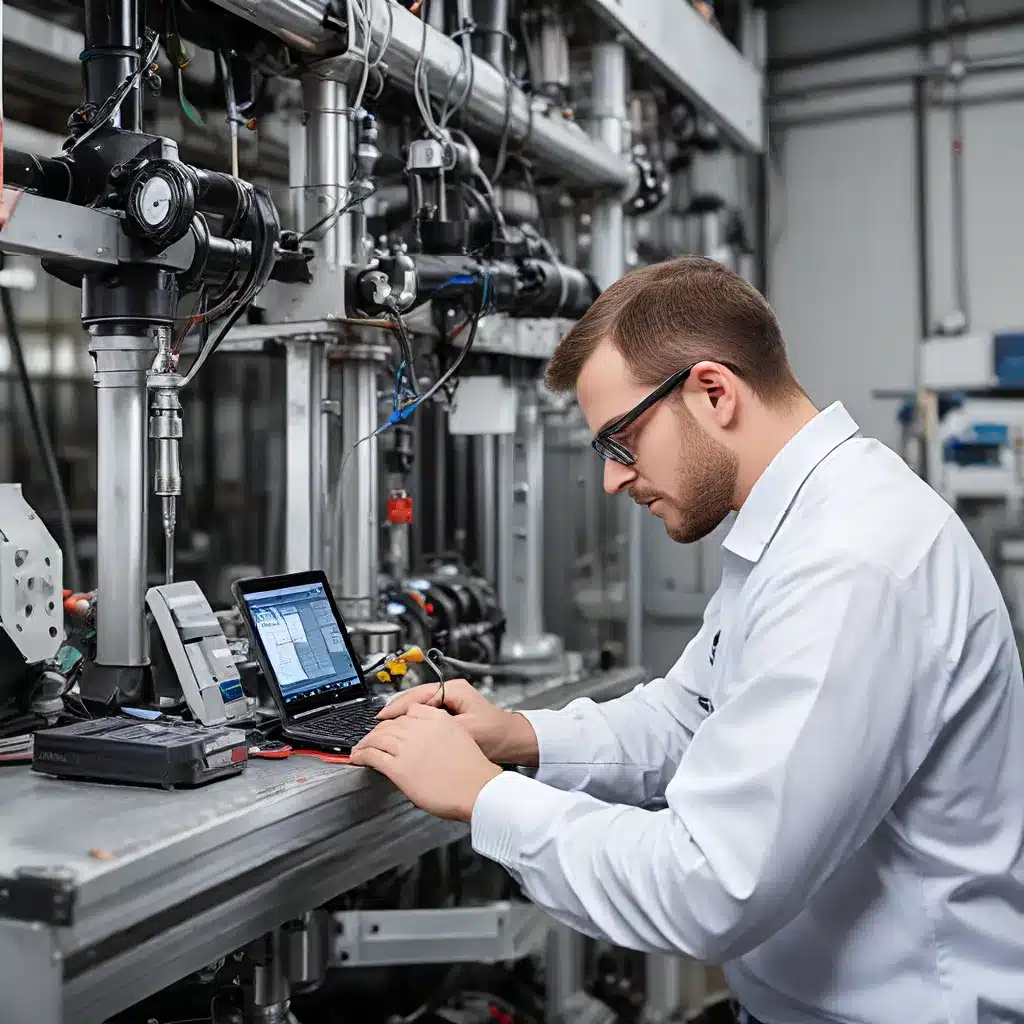
Understanding the Critical Role of Sensors in Industrial Automation
At the heart of modern industrial automation lie sensors, which play a pivotal role in the seamless operation of robotic and automation systems. These devices are designed to detect and measure physical properties, converting real-world information into electrical signals that can be processed and acted upon by control systems.
Sensors serve as the eyes of automated systems, capturing crucial data on factors such as load, proximity, and measurements. This real-time feedback allows automated machines to adapt to dynamic conditions, adjusting their operations based on the incoming data. This adaptability is crucial in manufacturing processes that require constant optimization for maximum output and resource utilization.
By bridging the gap between the physical and digital worlds, sensors enable the precise control and monitoring necessary for efficient, productive, and safe industrial automation. However, to ensure that these critical components perform at their best, it is essential to implement effective sensor calibration strategies.
Improving Sensor Accuracy and Reliability through Calibration
Regular sensor calibration is a fundamental aspect of maintaining the efficiency and reliability of industrial automation systems. This process involves aligning the sensor’s output with the actual conditions it is monitoring, enhancing the overall accuracy of the system.
Accurate sensor readings are imperative for precision in manufacturing processes. Calibrating sensors ensures that they provide reliable and consistent data, allowing for better control, quality assurance, and adherence to safety standards.
However, sensor calibration is not a one-size-fits-all approach. The complexity of modern instrumentation and the evolving nature of measurement technology require a more nuanced and strategic approach to sensor calibration. Traditional methods, such as the standard five-point up-down test, may not always be suitable for today’s sophisticated applications.
Exploring Advanced Calibration Techniques
To effectively calibrate advanced instrumentation, such as multivariable and smart-digital sensors, specialized skills and sophisticated calibration equipment are required. This includes high-accuracy field calibrators and the ability to communicate with industrial networks, including HART, FOUNDATION Fieldbus, and Profibus PA.
One increasingly popular approach to sensor calibration is loop testing, which involves evaluating the entire measurement loop rather than focusing solely on individual instruments. This end-to-end testing can provide a more comprehensive assessment of the system’s performance, ensuring that the final measurement is accurate and reliable, regardless of the individual component’s specifications.
In some cases, loop testing can be the best practice to achieve maximum accuracy, especially in critical applications such as custody transfer metering or steam metering, where small errors can have significant financial implications.
Optimizing Sensor Calibration for Efficiency and Productivity
While the importance of sensor calibration is well-established, many organizations still struggle to find the right balance between accuracy, cost, and efficiency. Factors such as downtime, technician productivity, and equipment longevity must all be considered when developing a comprehensive sensor calibration strategy.
One of the key advantages of a loop testing approach is the potential for cost savings and increased productivity. By testing the entire measurement loop, technicians can often identify and address issues more quickly, reducing the need for costly emergency repairs and minimizing production downtime.
Moreover, a systematic and proactive approach to sensor maintenance and calibration can contribute to the extended lifespan of equipment, delaying the need for expensive upgrades or replacements and providing a better return on investment over time.
Integrating Sensor Calibration into Holistic Maintenance Strategies
Effective sensor calibration is not just about the sensors themselves; it requires a comprehensive approach that considers the entire automation system. This includes inspecting fluid levels, checking battery performance, verifying seals, and tightening connections to ensure an optimal environment for sensor performance.
By integrating sensor calibration into a holistic maintenance strategy, organizations can maximize the benefits of their automation investments, including cost savings, reduced downtime, extended equipment longevity, and enhanced safety.
Partnering for Successful Sensor Calibration and Automation Strategies
Navigating the complexities of sensor calibration and industrial automation can be a daunting task. Partnering with a trusted provider of automation solutions and services can be a game-changer, ensuring that your organization has access to the latest technologies, best practices, and expert support.
Look for a partner that not only delivers high-quality equipment but also provides comprehensive maintenance and calibration services. This can include proactive sensor maintenance, proper cleaning techniques, and calibration services tailored to your specific needs.
By collaborating with an experienced automation partner, you can unlock the full potential of your sensor networks and industrial automation systems, driving increased efficiency, productivity, and profitability in your operations.
Explore the resources and solutions available at Sensor Networks Organization to further enhance your understanding of sensor calibration strategies and their impact on industrial automation.
Conclusion: Embracing Sensor Calibration for Industrial Excellence
In the dynamic world of industrial automation, sensors play a crucial role in ensuring the efficiency, reliability, and safety of manufacturing operations. By implementing advanced sensor calibration strategies, organizations can unlock the full potential of their automation systems, optimizing performance, reducing costs, and staying ahead of the curve in an increasingly competitive landscape.
Whether through end-to-end loop testing, holistic maintenance approaches, or strategic partnerships, investing in sensor calibration is a strategic imperative for any organization committed to excellence in industrial automation.